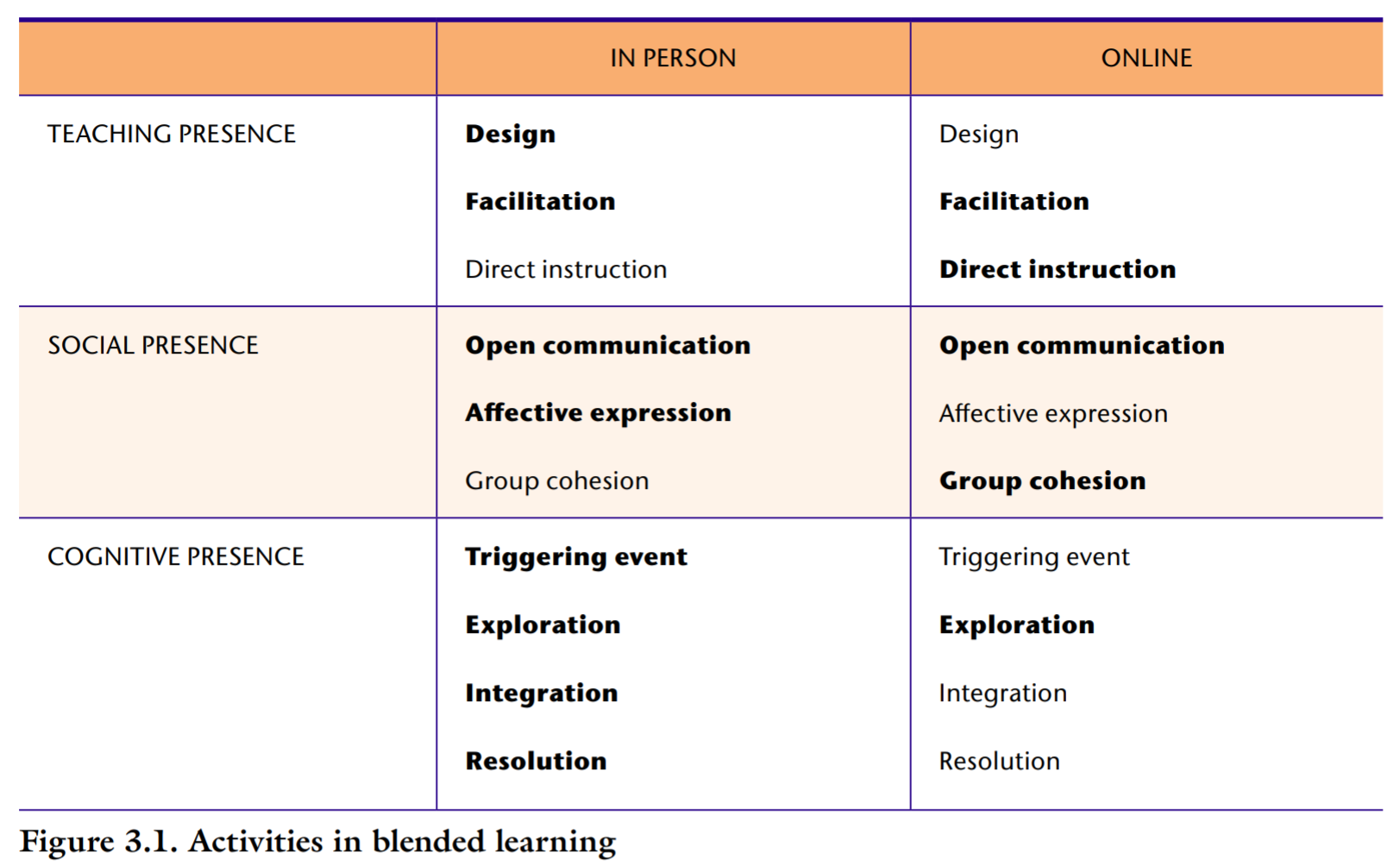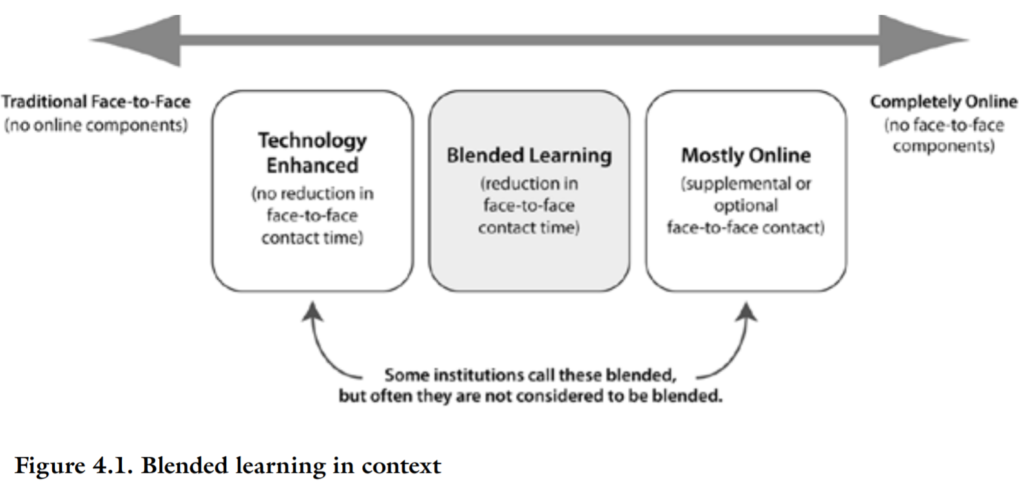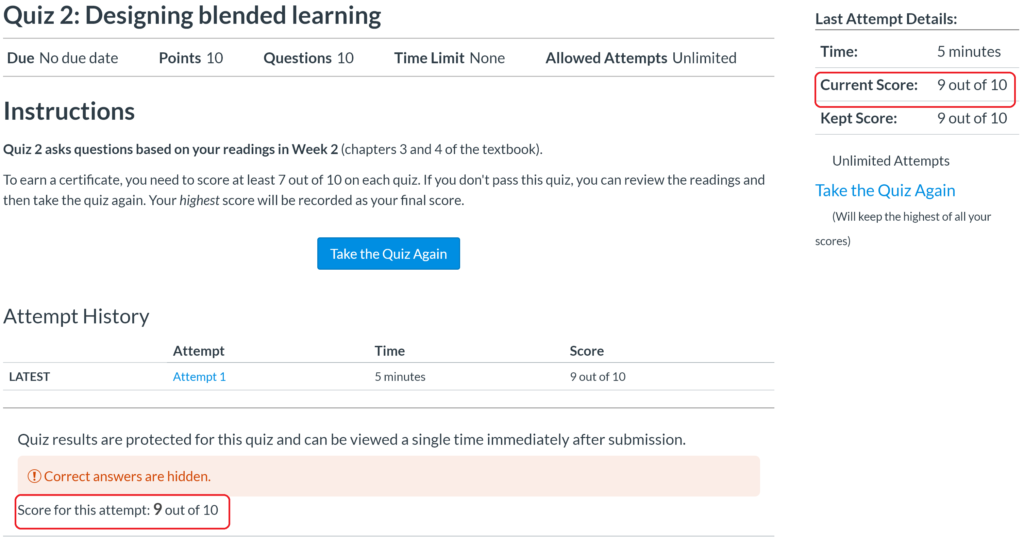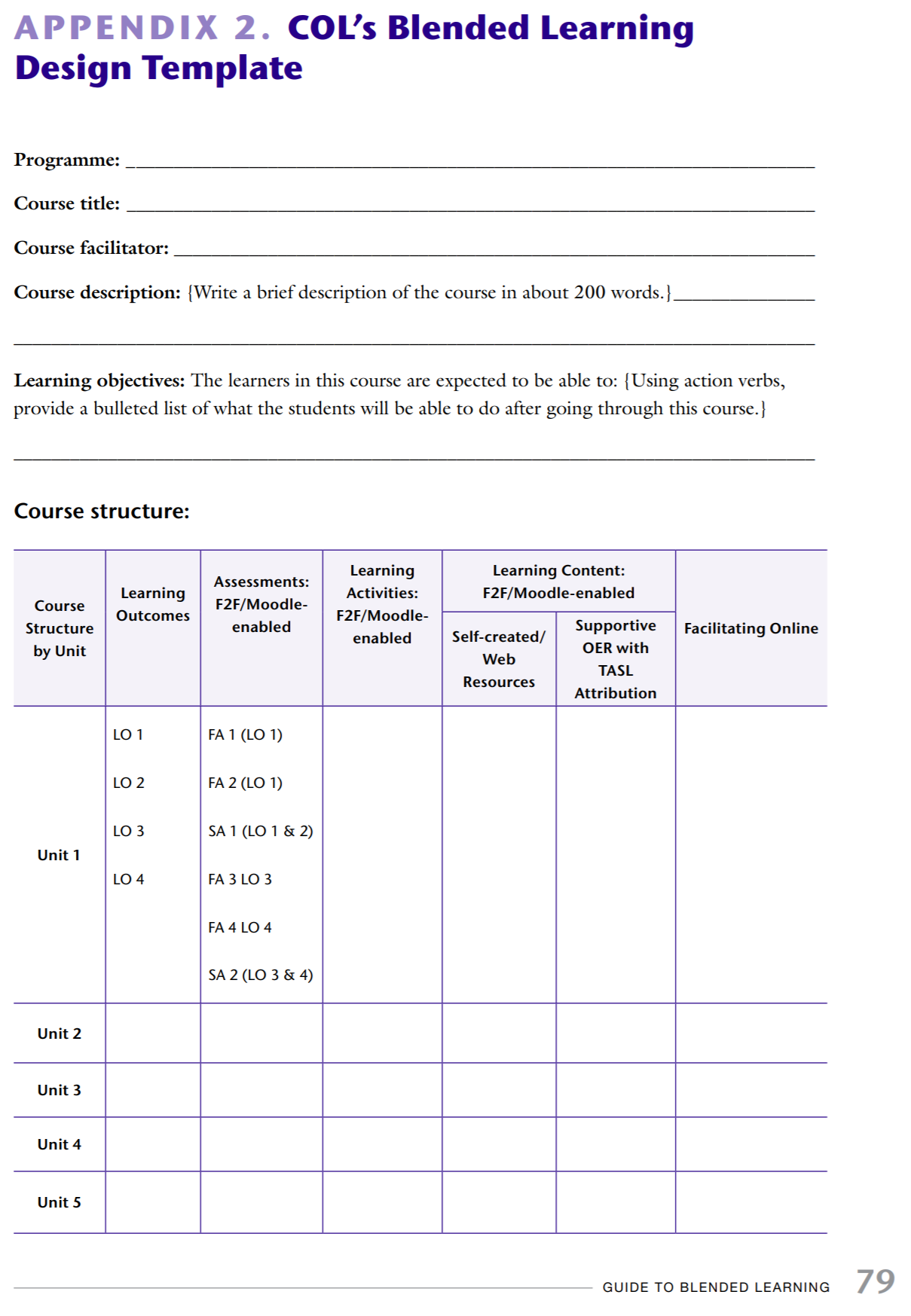Designing Blended Learning – Blended Learning Practice MOOC Wk 2
The following post has been completed as part of my personal reflection as I work through the Blended Learning Practice MOOC ; a partnership between Commonwealth of Learning and Athabasca University. Any images, tables, or direct quotes (as indicated with the appropriate formatting) are provided from the specific course or webinar and can be credited to: Blended Learning Practice MOOC. (2020). https://www.blpmooc.org/
Preparing for Blended Learning
- outline principles for planning a blended learning course or programme,
- describe how in-person and online activities can be combined to support social, cognitive, and teaching presence,
- describe the adjustments students will have to make when moving to blended learning, and
- outline key principles for effective teaching in a blended course.
The key to successful blended learning is a personalized, accessible, learner-centered approach. Learning online is a skill that has to be learned; there are new communications, new roles for teachers/students, and new challenges.
Teaching Principles for Blended Learning
- design for open communication and trust
- design for critical reflection and discourse
- create and sustain a sense of community
- support purposeful inquiry
- ensure students sustain collaboration
- ensure that inquiry moves to resolution
- ensure assessment is congruent with intended learning outcomes
Read Chapter 3 of the Blended Learning Guidebook.
Do NOT introduce technology for the sake of technology. Blended learning should be implemented as a process that includes:
- a focus on pedagogy
- careful selection of technology
- comfort and competence with technology (for both students and teachers) comes before learning
- tech should be flexibile and personalized
- teacher should have the ability to molnitor activities
- a focus on curriculum
- what are the outcomes and hidden curriculum?
- what model would work best for this course?
- a detailed syllabus of your course plan
- clear expectations mapped out
Do not create a course and a half by adding in technology to what you are already doing.

Preparing for Implementation
- describe the factors an institution must consider when implementing blended learning to ensure “e-quality”,
- evaluate some of the benefits and challenges of moving to blended learning at the institutional level, and
- explain how to write learning objectives that consider subject matter, student needs, and assessment and how these might affect the blend of activities.
Read Chapter 4 of the Blended Learning Guidebook.


Benefits to Blended Learning
- Opportunities for collaborative learning
- Improved accessibility
- Communication improvement
- Assessment strategies
Challenges to Blended Learning
- Technology requirements
- IT knowledge and skill
- Lack of self-pacing and self-direcion
Writing Learning Objective and Outcomes
- in person activies should mention and build upon the online components (bridging): review online activities, highlight where new info is posted, etc
Student Needs Assessment
- what information do you have about your students’ background and academic needs? how does this factor into your blended learning plan?
- what access to technololgy (device/internet) does my student have?
- how do they use technology, what is their skill level?
Aligning Assessment & Learning Objectives
Week 2 Quiz Results

Read all the posts from the Blended Learning Practice MOOC


4 thoughts on “Designing Blended Learning – Blended Learning Practice MOOC Wk 2”